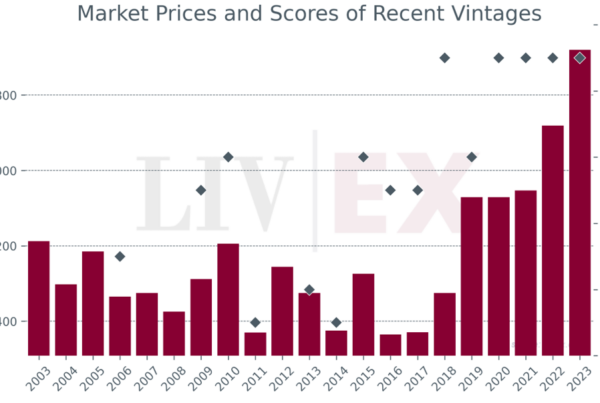History
Domaine de la Romanée
Conti produces some of Burgundy’s most illustrious Grand Crus, including its
namesake, Romanée Conti. The domaine’s vineyards surround the village of Vosne
Romanée and appear to have been owned by the priory of Saint Vivant in the 13th
century (though they may well predate its existence). In the 17th century, many
of the vineyards were sold to private buyers, including the Croonembourg
family, who acquired “Romanée” in 1631. A century later, the Croonembourgs sold
the vineyard to the Prince de Conti, who was forced to pay generously in order
to outbid Madame de Pompadour, the mistress of King Louis XV. The birth pangs
of revolution saw the prince’s land sequestered in the 1790s, though the
domaine’s flagship vineyard still bears his name today.
In 1869, Romanée
Conti was bought by Jacques-Marie Duvault-Blochet who purchased holdings in
neighbouring Grand Cru vineyards. His land was then bequeathed to successive
generations and currently falls to the Villaine and Leroy/Roch families, with
the latter acquiring part ownership in 1942. Family tension rose in the 1990s,
however, when DRC became embroiled in a legal battle with former
co-director Madame Lalou Bize-Leroy, after she was ousted from her role
over a marketing dispute. Since then, Bize-Leroy has set up her own
domaines in the region and remains a notable local
character. DRC is currently run by co-owner Aubert de Villaine. The estate’s properties
include a second monopole in the form of La Tache (purchased in
1933), as well as sizeable holdings in Richebourg, Romanee St Vivant,
Grands-Echezeaux, Echezeaux and Le Montrachet.
Market
Trends
The DRC index –
currently composed of the 2000-2009 vintages of Echezeaux, Grands Echezeaux,
Richebourg, Romanée Conti, Romanée Saint Vivant and Tache – has put in a
striking performance. As shown below, over six years it has risen 109%,
compared to the Bordeaux First Growths’ rise in the same period of 30%. While
the index has not been completely immune to the prevailing climate, dipping in
2012, it has since climbed further, reaching a record high in June 2013.
DRC wines have always
been expensive, due to their high quality and low production levels (the
flagship wine, Romanée Conti, produces only around 450 cases each year). Many
have now reached eye-watering prices. The average 12×75 case in our DRC index
costs £22,628, compared to Bordeaux First Growths at £4,658, Super Tuscans at
£1,807 and Champagne at £1,560.
The First Growths’
price gains proved unsustainable, but DRC’s climb has now far overtaken
Bordeaux. It remains to be seen for how long it can keep
rising.





